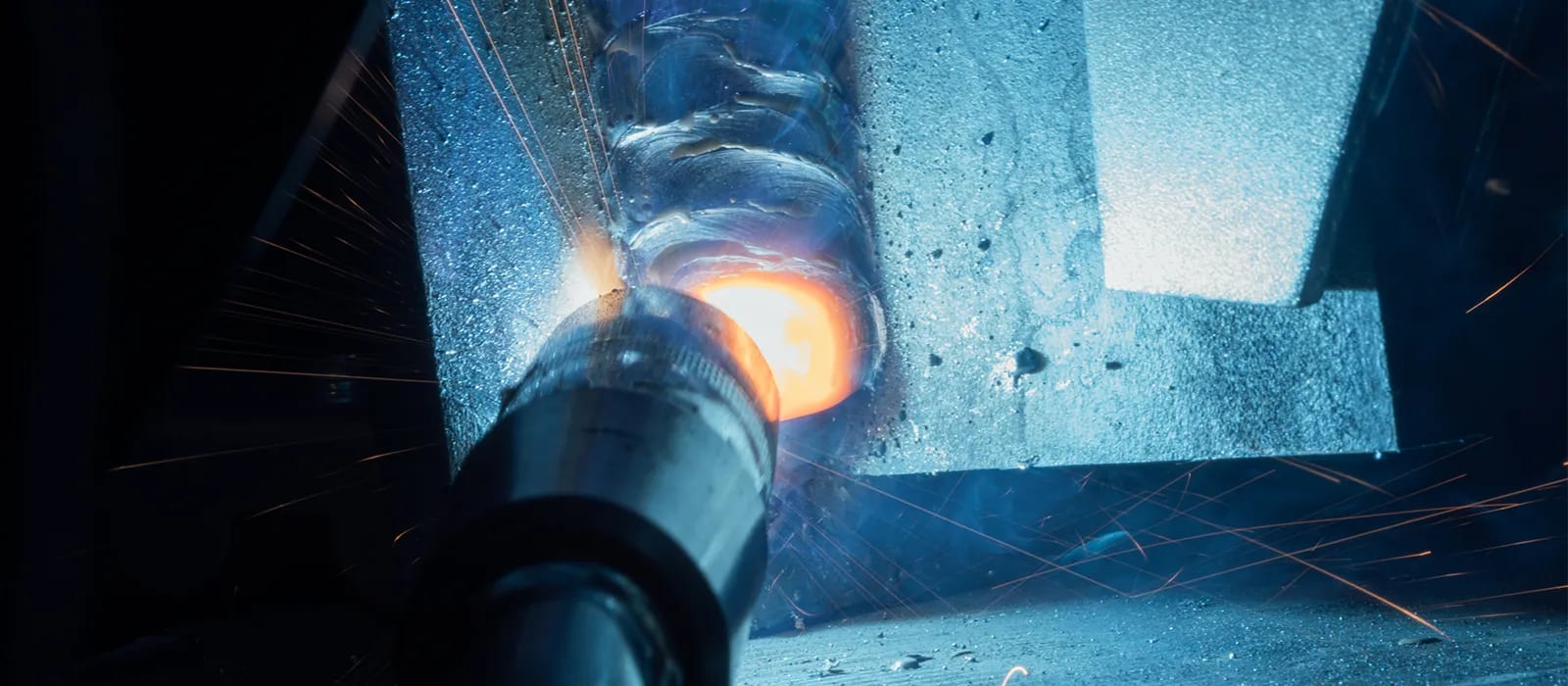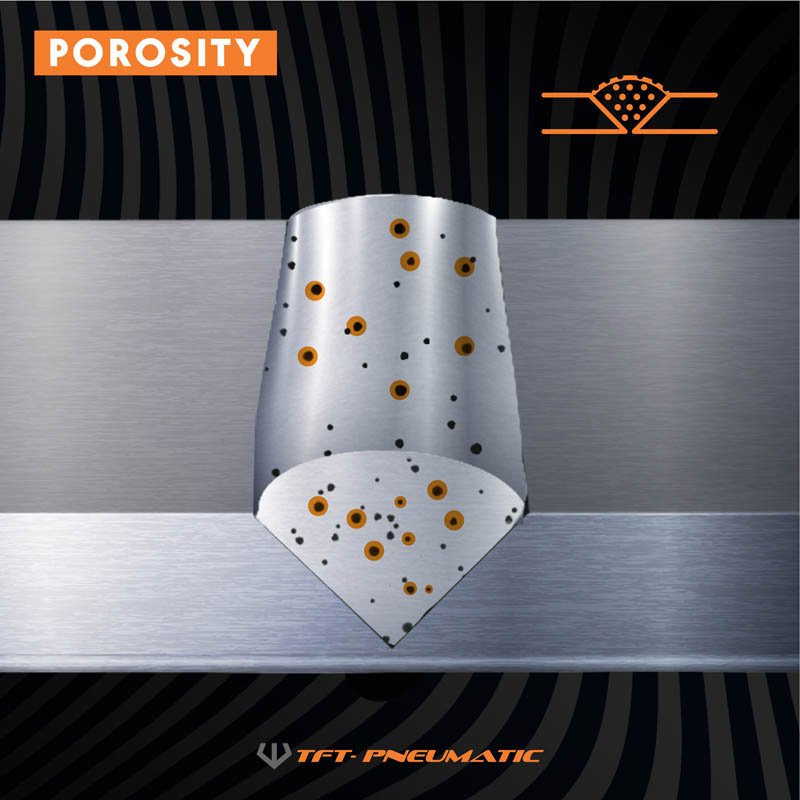Recognizing What is Porosity in Welding: Causes and Solutions
Porosity in Welding: Identifying Common Issues and Implementing Best Practices for Prevention
Porosity in welding is a pervasive problem that commonly goes undetected till it creates significant problems with the integrity of welds. In this conversation, we will discover the key variables contributing to porosity development, examine its destructive effects on weld performance, and discuss the best methods that can be taken on to lessen porosity event in welding processes.
Common Root Causes Of Porosity

Making use of unclean or damp filler products can present pollutants into the weld, adding to porosity problems. To reduce these common reasons of porosity, complete cleaning of base steels, correct protecting gas selection, and adherence to optimum welding specifications are important practices in attaining premium, porosity-free welds.
Impact of Porosity on Weld Top Quality

The existence of porosity in welding can significantly jeopardize the architectural integrity and mechanical residential properties of bonded joints. Porosity creates spaces within the weld steel, compromising its total toughness and load-bearing capacity.
Among the main effects of porosity is a decrease in the weld's ductility and durability. Welds with high porosity degrees tend to exhibit lower effect toughness and reduced ability to deform plastically before fracturing. This can be especially worrying in applications where the bonded parts are subjected to dynamic or cyclic loading conditions. Moreover, porosity can hamper the weld's capacity to properly transmit forces, leading to premature weld failure and potential safety risks in vital frameworks.
Ideal Practices for Porosity Avoidance
To boost the structural stability and top quality of bonded joints, what particular steps can be carried out to lessen the incident of porosity throughout the welding procedure? Making use of the right welding technique for the particular product being welded, such as adjusting the welding angle and gun position, can even more avoid porosity. Regular evaluation of welds and immediate remediation of any type of issues determined during the welding procedure are vital techniques to protect against porosity and generate high-quality welds.
Significance of Appropriate Welding Methods
Applying appropriate welding strategies is critical in guaranteeing the architectural honesty and top quality of bonded joints, developing upon the structure of reliable porosity avoidance procedures. Too much heat can lead to boosted porosity due to the entrapment of gases in the weld swimming pool. Additionally, utilizing the appropriate welding criteria, such as voltage, present, and travel speed, is find out critical for attaining audio welds with very little porosity.
In addition, the option of welding process, whether it be MIG, TIG, or stick welding, must align with the particular needs of the task to ensure ideal outcomes. Appropriate cleaning and prep work of the base metal, along with choosing the right filler material, are likewise important components of competent welding techniques. By adhering to these finest methods, welders can decrease the danger of porosity formation and generate top notch, structurally sound welds.

Testing and Quality Assurance Actions
Examining procedures are vital to detect and avoid porosity in welding, ensuring the toughness and toughness of the last item. Non-destructive testing techniques such as ultrasonic screening, radiographic screening, and visual evaluation visit this web-site are generally utilized to identify prospective defects like porosity.
Post-weld examinations, on the other hand, assess the last weld for any type of flaws, consisting of porosity, and verify that it satisfies defined standards. Applying a detailed quality control strategy that consists of complete screening treatments and assessments is vital to minimizing porosity issues and guaranteeing the overall high quality of bonded joints.
Verdict
To conclude, porosity in welding can be an usual concern that affects the quality of welds. By identifying the typical reasons for porosity and carrying out best methods for avoidance, such browse around this web-site as appropriate welding methods and screening measures, welders can make sure premium quality and reputable welds. It is essential to prioritize avoidance methods to decrease the occurrence of porosity and keep the integrity of welded structures.